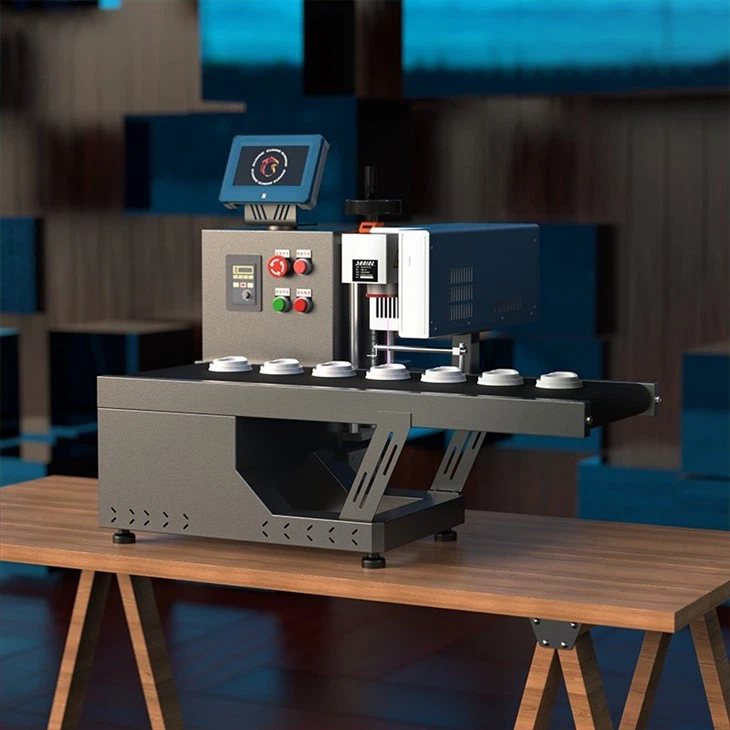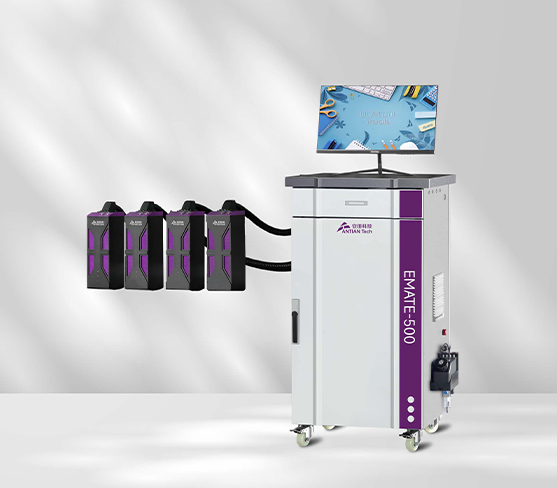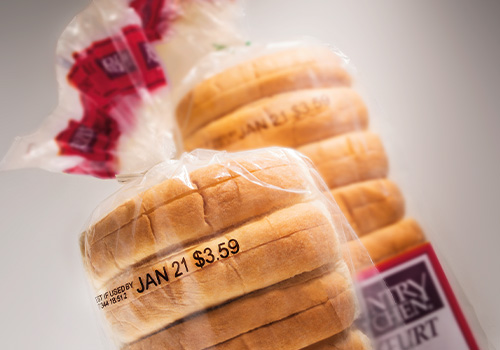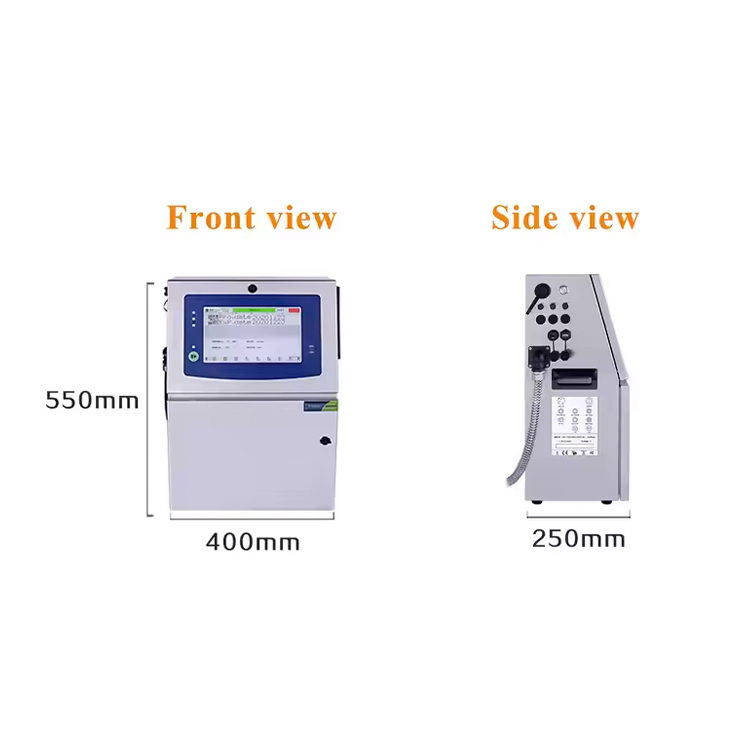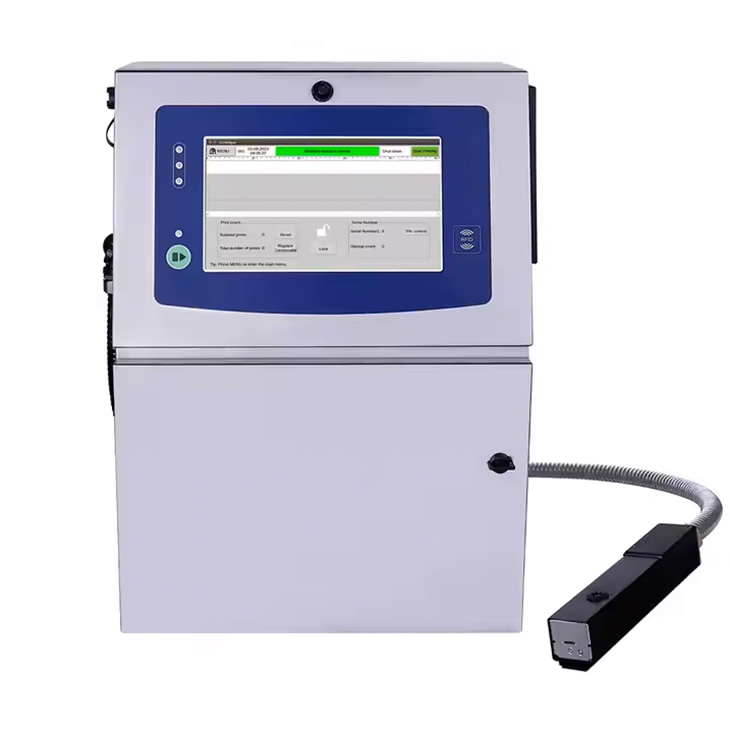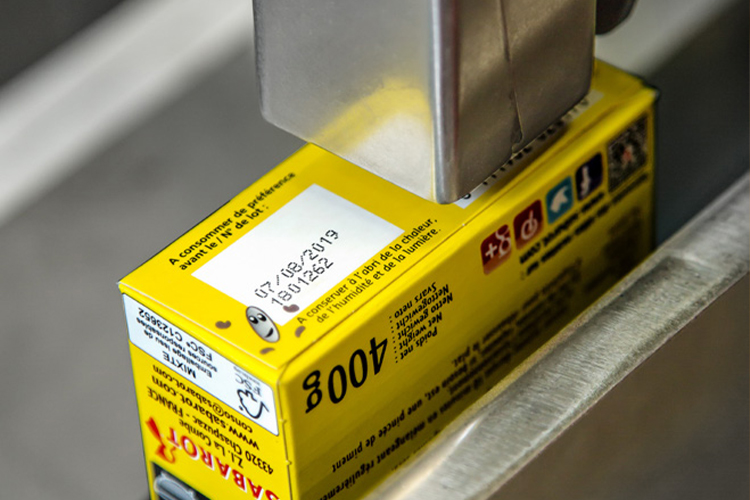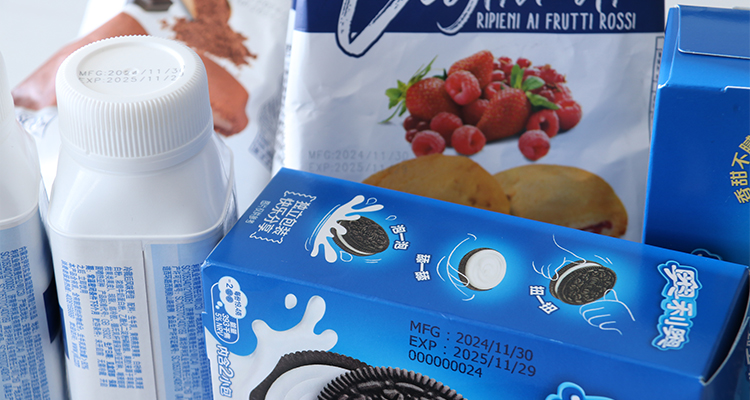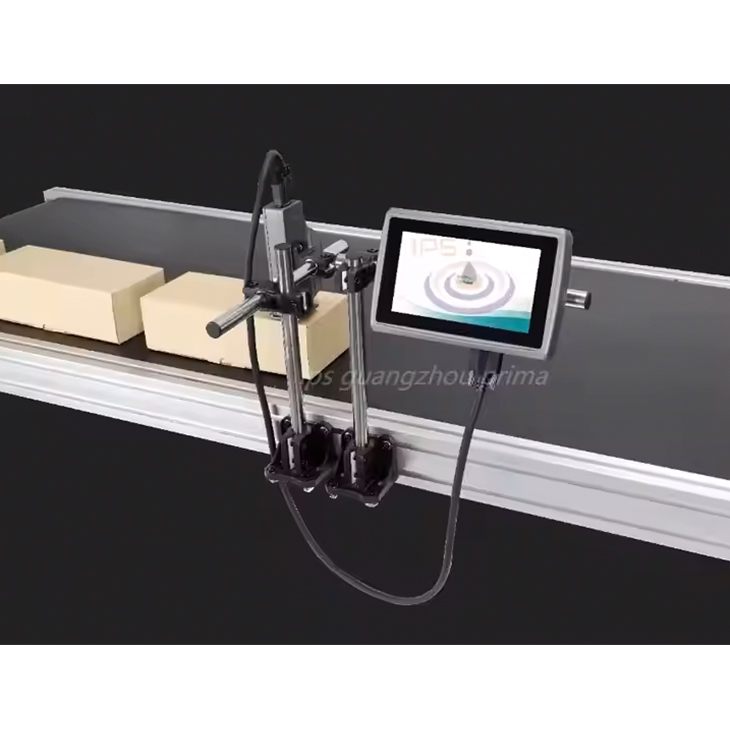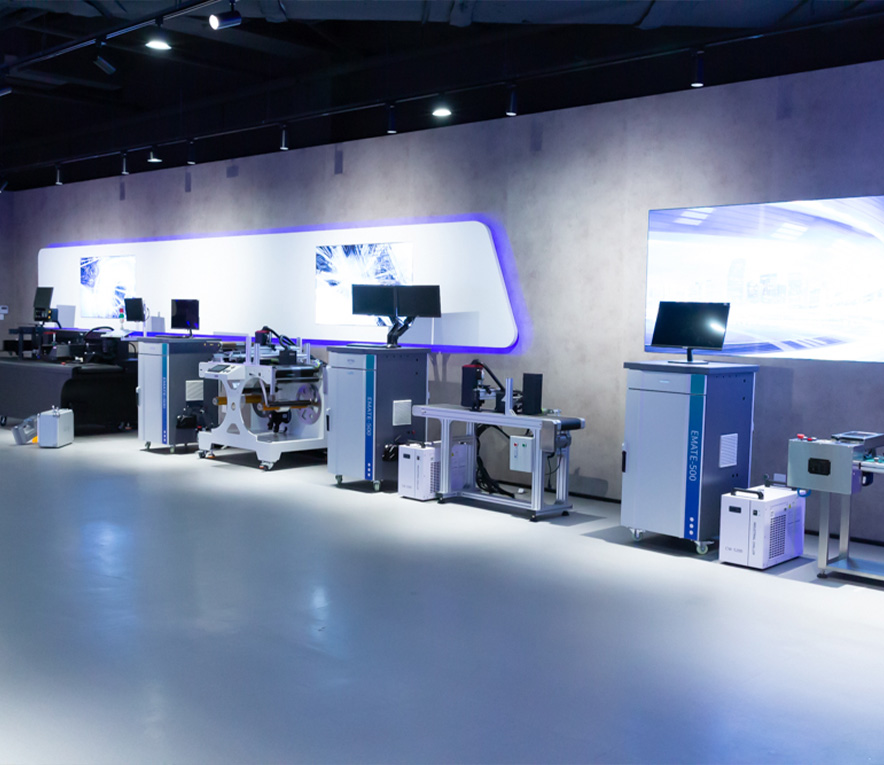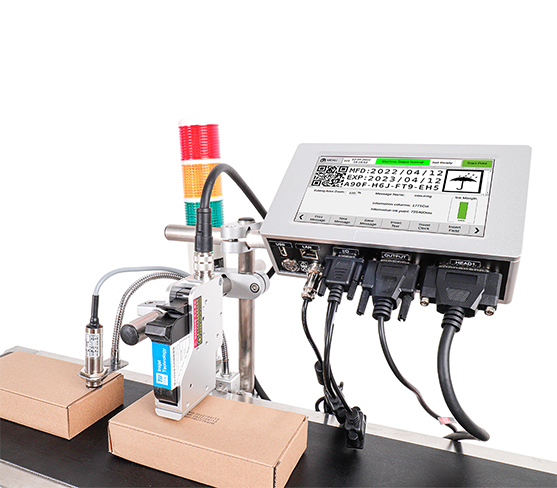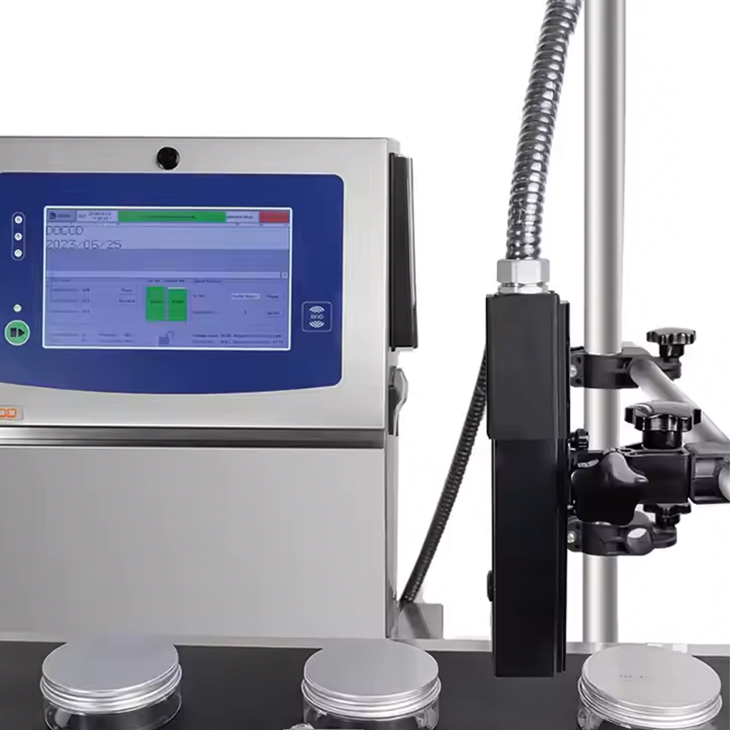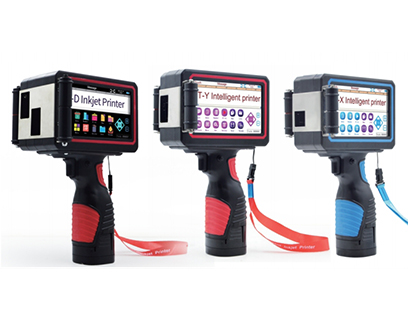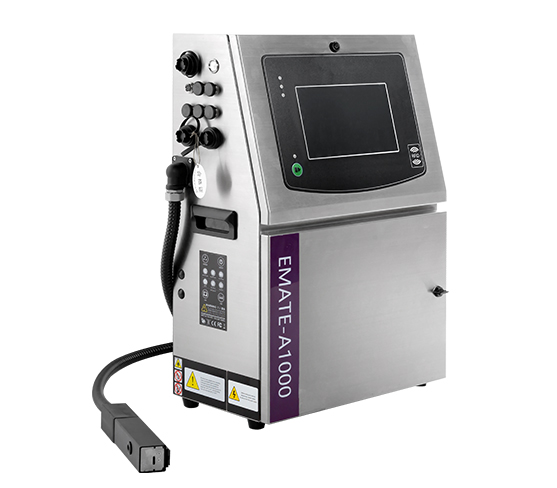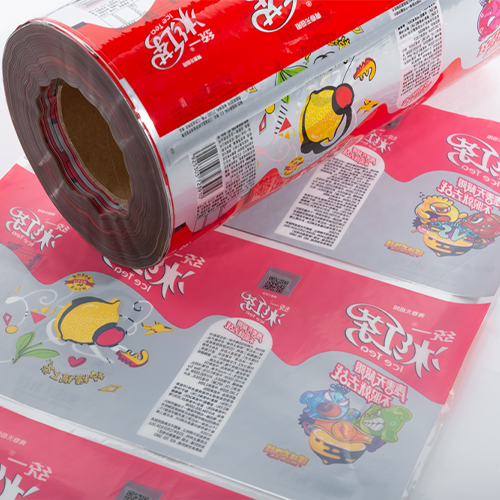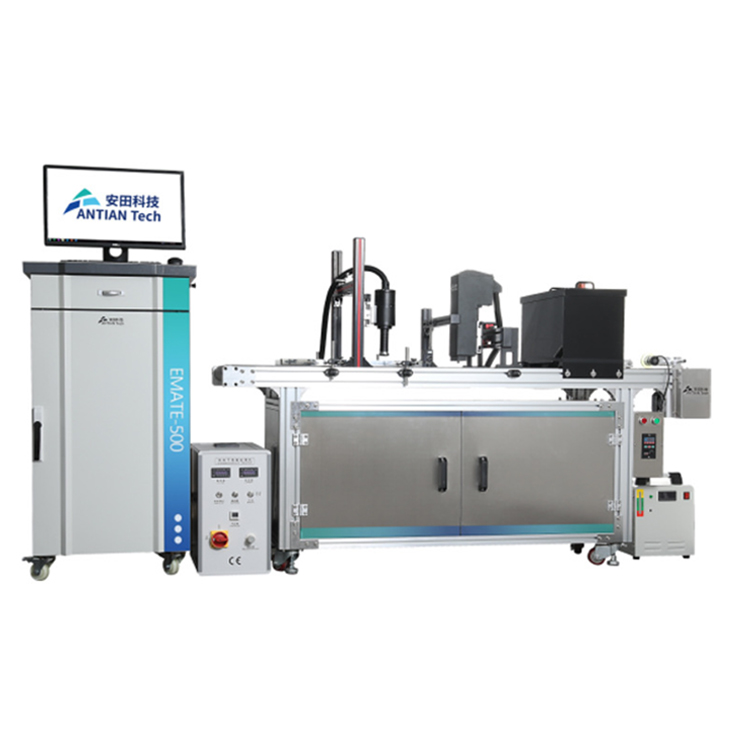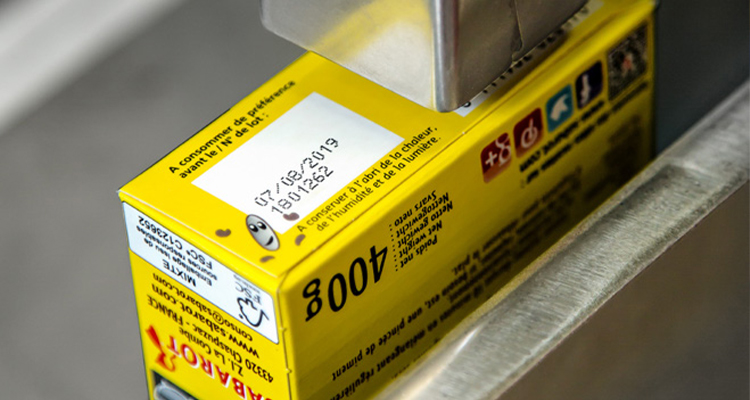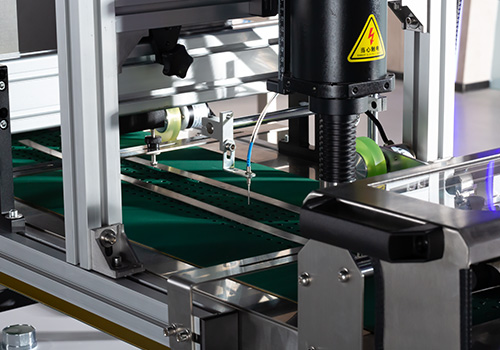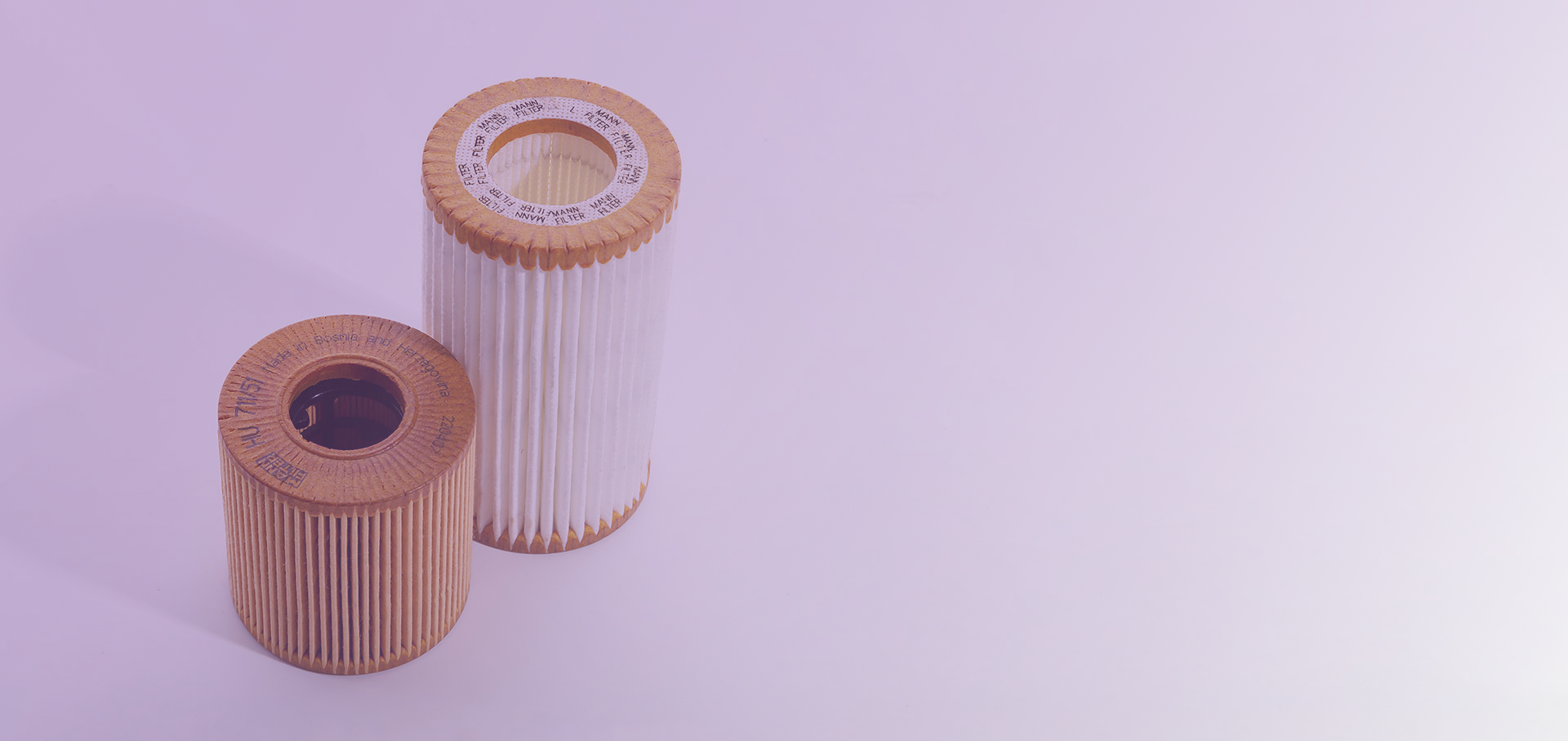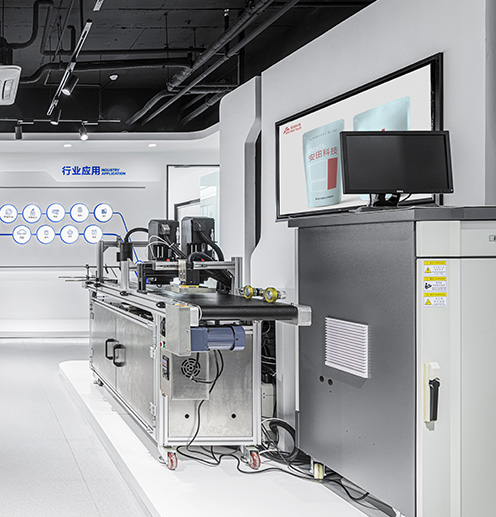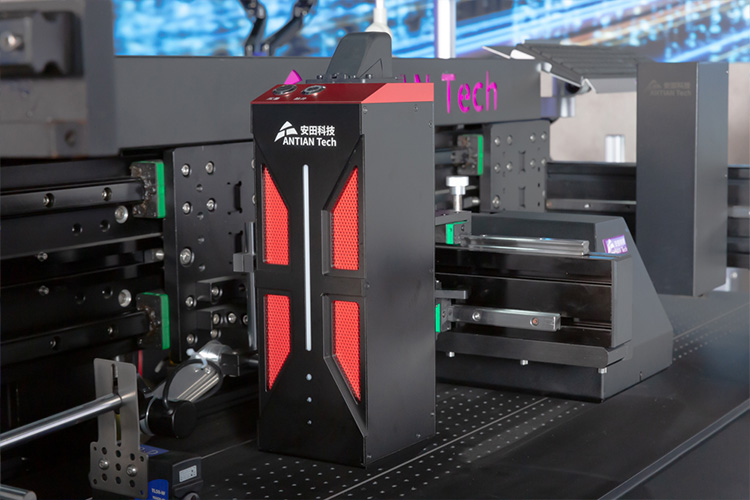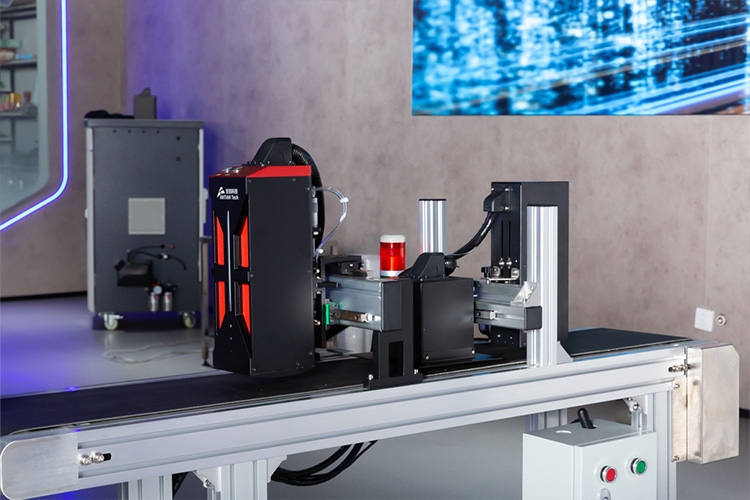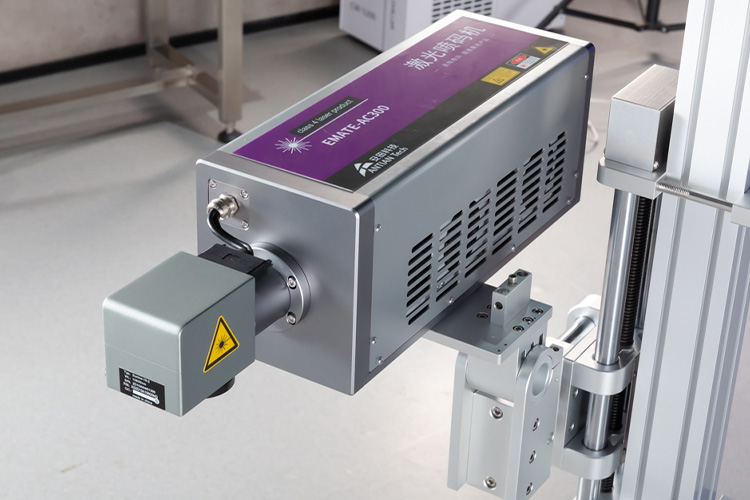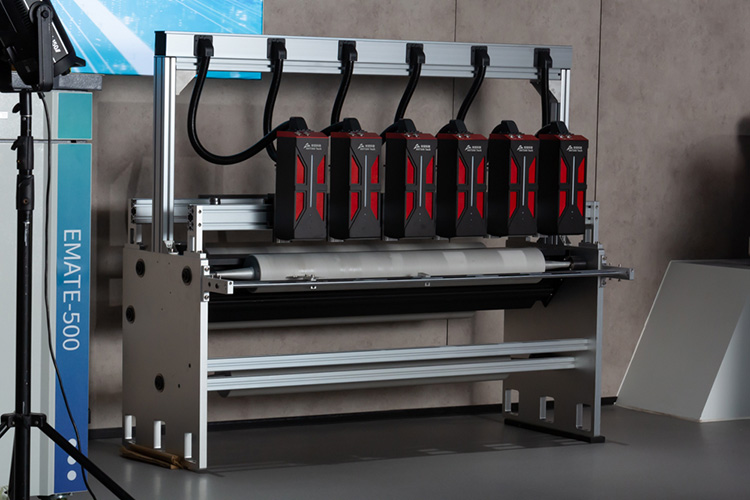Understanding the CIJ Printer Working Principle
Explore the advantages of CIJ printers, including their high-speed operation, non-contact printing, and versatility across various industries like food and beverage, pharmaceuticals, and electronics.
Continuous Inkjet (CIJ) printers are among the most reliable and versatile technologies used in industrial printing today. Their ability to produce high-quality prints at incredible speeds makes them indispensable for a variety of industries. This blog will provide a detailed explanation of the CIJ printer working principle, its advantages, and how it compares to other printing technologies. Additionally, we will explore the applications of CIJ printers, maintenance tips, and emerging innovations shaping the future of this technology.
What is a CIJ Printer?
A CIJ printer is an industrial inkjet printer designed to operate continuously, making it suitable for high-volume printing environments. The "continuous inkjet" name stems from its unique process, where a continuous stream of ink droplets is generated and selectively used for printing. The unused droplets are recycled, making the process efficient and sustainable.
Key Features of CIJ Printers:
- High-Speed Operation: CIJ printers can print thousands of characters per second, keeping pace with fast-moving production lines.
- Non-Contact Printing: They print without physical contact, which allows them to work on uneven, curved, or delicate surfaces.
- Durable and Reliable Prints: The inks used are designed to adhere to challenging materials and resist smudging, fading, or environmental exposure.
These features make CIJ printers ideal for industries such as food and beverage, pharmaceuticals, electronics, and automotive manufacturing, where precision and durability are paramount.
CIJ Printer Working Principle
The CIJ printer working principle is rooted in advanced fluid dynamics and electrostatics. While the process is highly sophisticated, it can be broken down into several key steps that highlight how these printers function seamlessly.
1. Ink Supply
The process begins with the ink, which is stored in a reservoir and pumped under pressure to the printhead. The ink is specially formulated to meet industrial requirements:
- Fast Drying: Ensures prints are ready instantly, even on high-speed production lines.
- Adhesion: Sticks firmly to various surfaces, including plastic, metal, glass, and paper.
- Resistance: Withstands environmental conditions such as heat, humidity, and abrasion.
The ink pump ensures a consistent flow to maintain continuous operation, which is essential for non-stop printing.
2. Ink Droplet Formation
As the ink exits the nozzle, it passes through a piezoelectric crystal that vibrates at high frequencies. This vibration breaks the ink stream into uniform droplets.
- Droplet Consistency: The frequency of vibration determines the size and uniformity of droplets, which directly impacts print quality.
- Precision: This controlled droplet formation ensures sharp, legible prints, even for small fonts or complex designs.
3. Charging the Droplets
Once the droplets are formed, they pass through a charging electrode. The CIJ printer selectively applies an electrical charge to specific droplets based on the data it receives from the controller.
- Selective Charging: Only the droplets required for printing are charged, while uncharged droplets are recycled.
- Pattern Formation: The charge level corresponds to the desired pattern, allowing the printer to produce characters, barcodes, or graphics with precision.
4. Deflecting the Droplets
Charged droplets are directed through a pair of deflection plates that generate a strong electrostatic field. By adjusting the voltage of these plates, the printer precisely controls the trajectory of each droplet.
- High Accuracy: The deflection system ensures droplets land exactly where needed on the substrate.
- Adaptability: This process allows CIJ printers to handle a variety of surfaces, including curved or irregular shapes.
5. Unused Droplet Recycling
Any droplets that are not used for printing are deflected into a gutter, collected, and returned to the ink reservoir. This recycling system minimizes ink wastage, reducing costs and environmental impact.

Advantages of CIJ Printers
Understanding the CIJ printer working principle helps shed light on its many advantages over other printing technologies. Here are some of the key benefits:
1. High-Speed Printing
CIJ printers are unmatched when it comes to speed. They can produce thousands of characters per second, making them ideal for industries where production lines operate at breakneck speeds. For example:
- In the food and beverage industry, CIJ printers are used to print expiration dates on bottles and cans as they zip through the assembly line.
2. Non-Contact Printing
The non-contact nature of CIJ printing allows it to handle delicate or irregular surfaces, such as:
- Curved Surfaces: Like the sides of bottles or cylindrical objects.
- Flexible Packaging: Such as soft plastic wraps or pouches.
3. Versatility
CIJ printers can print on a wide range of materials, including:
- Metals: Automotive parts, cans.
- Plastics: Packaging, electronics.
- Glass: Bottles, containers.
- Paper and Cardboard: Labels, boxes.
This versatility makes CIJ printers a go-to solution for diverse industries.
4. Durable Prints
CIJ inks are designed to resist:
- Smudging: Ensuring clarity immediately after printing.
- Fading: Maintaining legibility over time.
- Environmental Factors: Withstanding exposure to water, heat, and chemicals.
5. Continuous Operation
Thanks to their ink recycling system, CIJ printers can run continuously with minimal downtime. This is a crucial advantage in industries with high production demands.
Applications of CIJ Printers
The versatility of CIJ printers allows them to be used across various industries for specific applications. Below are some common use cases:
1. Food and Beverage Industry
Printing expiration dates, lot codes, and barcodes on bottles, cans, and flexible packaging.
Ensuring compliance with food safety regulations by marking products with traceable information.
2. Pharmaceuticals
Printing batch numbers, expiration dates, and regulatory information on medicine packaging.
Ensuring legibility and durability of markings for patient safety.
3. Electronics
Marking serial numbers, logos, and codes on electronic components.
Ensuring traceability and brand identification.
4. Automotive
Labeling parts and components for quality control and traceability.
Printing information on irregular or heat-resistant surfaces.
5. Consumer Goods
Printing branding, logos, or production information on packaging.
Enhancing product appeal with high-quality prints.
Maintenance and Best Practices for CIJ Printers
To ensure optimal performance and longevity of CIJ printers, proper maintenance is essential. Here are some tips:
1. Regular Cleaning
Clean the nozzle and ink system regularly to prevent clogs and ensure consistent droplet formation.
2. Use Recommended Inks
Always use inks recommended by the manufacturer to avoid compatibility issues and maintain print quality.
3. Monitor Ink Levels
Keep the ink reservoir adequately filled to prevent interruptions during operation.
4. Inspect Key Components
Regularly check the piezoelectric crystal, deflection plates, and charging electrodes for wear and tear.
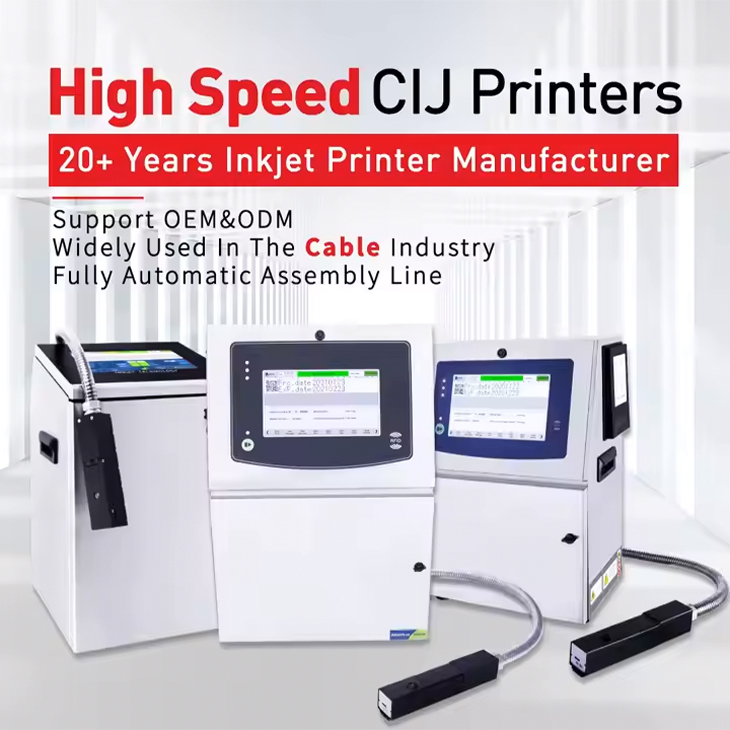
Innovations in CIJ Printing
The CIJ printer working principle is continuously evolving with technological advancements. Here are some innovations shaping the future:
1. Eco-Friendly Inks
Development of biodegradable and low-VOC inks to reduce environmental impact.
2. IoT Integration
Smart CIJ printers equipped with IoT features for real-time monitoring and diagnostics.
3. Energy Efficiency
Improved designs to reduce energy consumption and operational costs.
4. Enhanced Precision
Advanced droplet control for even sharper prints and more intricate designs.
Conclusion
The CIJ printer working principle exemplifies the combination of innovation, efficiency, and reliability. With their ability to produce high-quality prints on a variety of surfaces at high speeds, CIJ printers remain indispensable in industries like food and beverage, pharmaceuticals, and electronics.
By understanding how CIJ printers work, businesses can leverage their capabilities to enhance productivity, ensure compliance, and meet consumer demands. As technology continues to advance, the future of CIJ printing looks even more promising, with innovations that will further refine this already exceptional technology.

